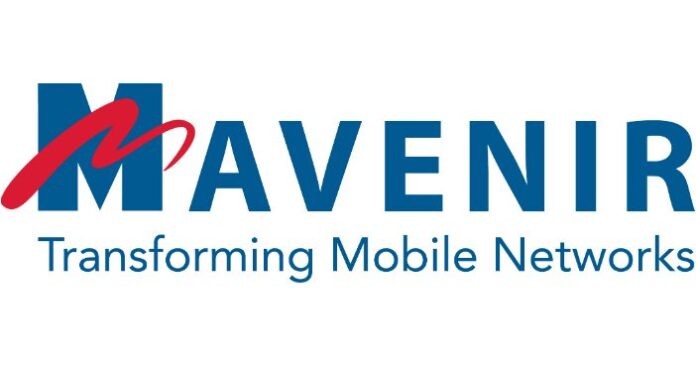Q: What is the business case for investing in VoLTE? Is it new revenues, cost savings or some other reason?
A: These days nobody is asking “Why VoLTE?” as VoLTE is a given in every MNO’s technology plans as a result of the adoption of LTE and strategic goal to move to a single all IP core network. The question that is being asked now, is what benefits can be achieved by deploying VoLTE early?
Q: What are the benefits of deploying VoLTE early?
A: For some it’s the attraction of using VoLTE’s faster call setup times, HD audio quality and video to position a better voice service. However, another key reason for deploying VoLTE early is to be able to exploit the IMS/VoLTE investment. It is a platform for innovation beyond the providing the same voice service over the LTE radio network.
Q: Do you have any examples of using IMS/VoLTE as a platform?
A: A great example of this is ‘Voice over Wi-Fi’ or Wi-Fi calling, especially after the introduction of Wi-Fi Calling in Apple’s iOS8 release. VoWi-Fi enables a subscriber to make/receive calls and SMS messages over the Wi-Fi network which is great for areas of poor coverage and enables the MNO the option of creating attractive roaming packages. T-Mobile USA, for example, even markets this as a way to send/receive SMS messages while on airplanes with Wi-Fi coverage!
Q: Is VoWi-Fi restricted to Apple devices and isn’t it just the same as OTT voice services such as Skype?
A: No, both T-Mobile USA and 3UK, as examples, support a wide range of Android devices. The VoWi-Fi that is enabled by IMS is very different to OTT voice services; it is a single number service using the user’s MSISDN so the user is available regardless of whether or not they are Wi-Fi connected. It also provides service parity over Wi-Fi with the regular mobile voice service such as call forwarding, same voice mail, prepaid support to name a few.
Q: Are there other ways in which VoLTE/IMS investments can help Operators who are being hit from all sides in the voice business by OTT players?
A: VoLTE/IMS will enable new multi-device, multi-access network services with HD video and multiple other media services that will keep MNOs relevant. Think of a laptop, or even a Smart TV, with a WebRTC browser being used for HD video calling, for example, even though the subscriber just has a 3G phone or is without LTE coverage. Image starting a video call on your laptop and then grabbing the call on your mobile phone as you walk out of your office.
Consider the enhanced user experience that can be generated by mashing together VoLTE and RCS technology. Imagine being able to sending a message (text or audio) along with the call set-up to provide context to the called party about why you are calling them.
Today many people have multiple phones as they have different identities- work, personal and home/family, for example. With IMS, these different identities can all be associated with the same device making bulging pockets a thing of the past….in a similar way to the smart phone making GPS devices, cameras and PDAs redundant.
Q: There’s a lot of talk about WebRTC, which enables browser access, as the next stage in voice evolution – should mobile operators see it as a threat or opportunity? And if the latter, how can they take full advantage of WebRTC?
A: WebRTC is a reality so operators must consider how they plan to incorporate this technology into their service offerings. It’s an opportunity to extend their core services to any IP device with any browser. It also allows them to support new services based on a mash-up approach such as call center mixing video, location and messaging or interactive Internet classrooms.
Q: So how do you see the voice market playing out in Asia over the next five years?
A: There will be a switch of focus from voice to data over the next five years, but this will likely not be consistent across the region. According to various estimates, the Asia-Pacific region will become the top region for mobile data traffic by 2017. This is mainly due to the rise of 4G connections and data-centric devices (such as smartphones and tablets) across the region. While developing countries in Asia will still see MNOs focusing on voice-centric plans over the next five years, the more developed Asian countries will instead see a migration from voice-centric to data-centric to data-only plans over the same timeframe. MNOs in these developed countries will be fully supporting VoLTE over data-centric plans over the next five years, and will perhaps utilize MVNOs to support voice-centric plans for specific targeted demographics. OTTs will also continue making greater inroads for cross-border VoIP traffic across Asia, unless countered by the deployment of VoLTE, RCS and VoWi-Fi technologies by MNOs.

